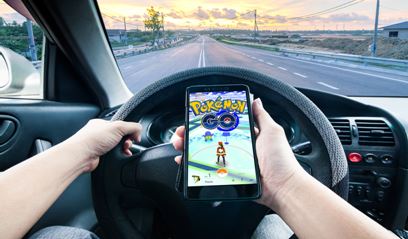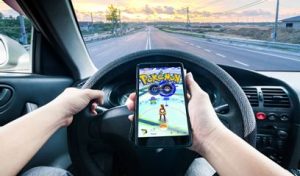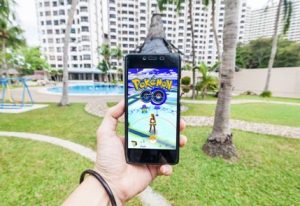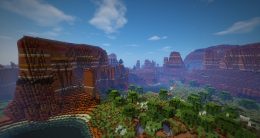Pokémon Go Presents New Hurdles for Rural Gaming

Since its staggered launch earlier this month, Pokémon Go has taken the world by storm. With 26 million daily active users in the United States, the game has twice the retention rate of other online games on the market today [1]. Pokémon Go, the first highly successful augmented reality game is, in a word, a sensation.

In rural areas, however, you won’t find the same crowds of people hunting for Pokémon that the game has become infamous for in places like Central Park [2]. Although gaming has always been especially important in rural communities without access to other novel diversions, poor mobile broadband coverage and an urban-centric design have excluded many rural dwellers from the game.
Mobile broadband is spotty or nonexistent in much of rural America, which means connecting to the internet outside of the home is impossible for many rural dwellers.
By the FCC’s count, 87% of rural Americans lack access to a mobile broadband connection with a download speed of at least 10 Mbps and an upload speed of at least 1 Mbps, the minimum requirement to play Pokémon [3, 4].
Mobility is a Key Component of Pokemon Go
Pokémon requires a constant and reliable internet connection to function. Since mobility is a key component of Pokémon Go, mobile broadband is the only connection that lets player take full advantage of the game’s world. The lack of reliable mobile broadband in rural areas presents a challenge for the future of augmented reality games like Pokémon in rural markets.
Pokémon Go relies on public property – like parks and monuments – to host PokéStops and gyms. In rural areas, public properties and, therefore, these features are few and far between.

In the game, PokéStops are essential to catching Pokémon, since players use the stops to stock up on Pokéballs. The gyms are key to training Pokémon, letting players into the component of the game beyond simply collecting Pokémon. Without convenient access to either, rural Pokémon Go players are at an acute disadvantage.
Niantic, the developer behind Pokémon, based the locations of PokéStops and gyms on data that users submitted to the augmented reality beta Ingress. Ingress, which launched in 2011, invited users to submit notable public locations in their communities to become game portals. Ultimately, Niantic pulled 5 million locations from Ingress to create the Pokémon Go world [5].
Scarcity of Game Stops in Rural Area

Because Ingress involved people from both urban and rural communities all over the world, there are PokéStops and gyms almost everywhere (including the north and south poles [5]). Rural users have, however, taken to Twitter to report significant scarcities in rural Maine, Vermont, Illinois, and New York [6].
Although implementing reliable mobile broadband networks in rural areas is a hugely expensive and labor-intensive project, getting more PokéStops and gyms in your rural community is not. Niantic is still accepting suggestions for both through the Pokémon support page. Take a picture of the public area or business you’d like to see become a part of the game and submit it to Pokemon Go Live.
Use our Coverage Check to determine if you have access to our mobile Broadband 4G LTE plans in your area.





